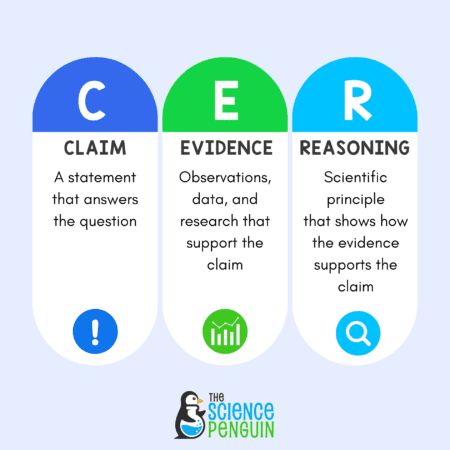Are you ready to dive into the exciting world of waves and energy? Students will learn how waves help us send messages. We’ll cover all of the things your kids need to know about 4th grade waves, from amplitude and wavelength to energy transfer with sound, light, heat, and electricity.
This unit in my classroom is always a student favorite. They initially groan when they hear the words energy transfer because it sounds boring, but that soon turns into excitement when they are tasked on the first day of the unit to unlock the secret code! What secret code, you ask?!
Here are five ideas for teaching 4th grade waves in your classroom.
1. Unlock the Secret Code
I introduce my students to this unit with the phenomenon of energy transfer in real life. There is nothing more powerful than helping them see that many of the things they rely on and love are a result of codes through energy transfer.
We talk about the last time they went to the store, and how those random blank lines on the back of the headphones they bought for school are a code that transfers energy using infrared light. We also talk about lighthouses (light energy) and morse code (sound energy) and how those forms of communication relied on energy transfer.
We read about waves so that students can begin to develop a deeper understanding of concepts such as amplitude, sound waves, and more. Seismic waves are also a part of this reading- we love a good connection to our earth science learning.
2. Moving to the Tune
To specifically focus on sound energy, which can be the most abstract energy concept for 4th graders, we help them visualize sound. Students are given a tuning fork and a ping pong ball taped to string. Make sure to go over lab safety with these materials- the ping pong ball and tuning fork can turn into a baseball game if you don’t!
Students strike the tuning fork with their shoe and hold it close to the ball without touching it. When done correctly, the ball starts to vibrate. We then trade the ball for a bowl of water, and we repeat the experiment (again without touching the water).
Students can begin to understand more concretely about wave energy transfer with sound energy. Even though they can’t see the waves, they can create a connection between the movement of the ball and the water.
Give this a try on your own, or get everything you need in the Secret Codes Unit.
3. We’re Flipping Out for Energy!
My kiddos love getting to create their own learning tools, so flipbooks are commonplace in my classroom. For this learning unit, my students create light energy and sound energy flipbooks. These flipbooks help me instruct and deliver content for these two concepts, and they then act as review documents for any assessments or other learning activities we complete during our unit.
4. 4th Grade Waves Task Cards
Once we’ve done a lot of learning about waves, it’s time to practice using our new knowledge. Task cards are a staple in my classroom, and I use them in a variety of ways. I like to use this at the point of my unit where I need to pull students for intervention in these concepts, and task cards are a great way to keep the rest of my class engaged in the learning, and practicing their new vocabulary.
We use two sets of task cards for this unit. First, I have a set of cards that focus specifically on wave vocabulary. These cards help my kids review concepts related to wave concepts and properties. Then, my students use another set of task cards that focus on the energy transfer of waves, and how we can use waves for information from 4th grade waves in NGSS.
5. Put Our Learning to Use
Now that we know about the components and properties of waves, it’s time to figure out that secret code! Now is the time for my students to demonstrate their learning in hands-on ways, and this is one of the moments of the school year that kids rave about when they come to visit me years later.
Students are tasked with creating some sort of device that demonstrates light energy or sound energy transfer. The goal of this is to communicate something across our classroom. Students in past years have developed Morse code devices, pulsating lights to talk to a friend who is in the opposite corner, and other creative concepts. If you’ve already taught circuits, this is an awesome connection to expose your students to as well.
We’ve got everything you need for this – and more- in the Secret Codes Unit.
Waves and energy are like the superheroes of communication. They help us send messages, make objects move, and even transfer energy across the world. We’ve put together all of the fun experiments and activities we’ve talked about so that you can do all of this in your classroom to show your students the awesome power of waves.
Click the picture below to get all of the activities!




